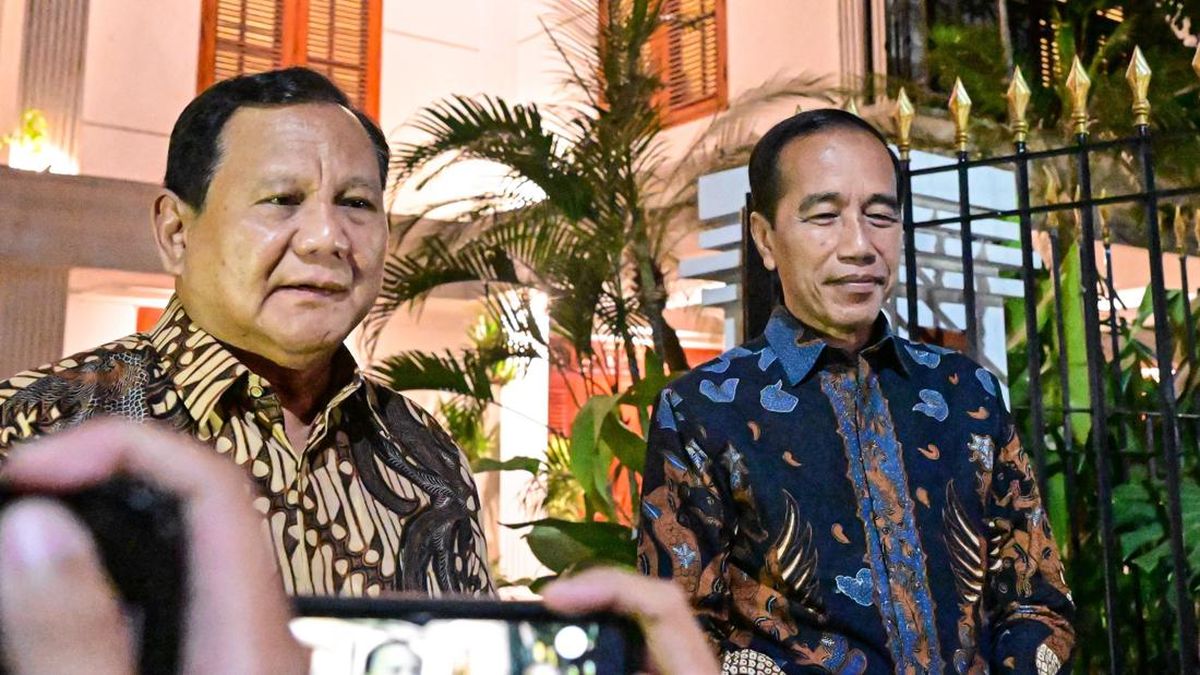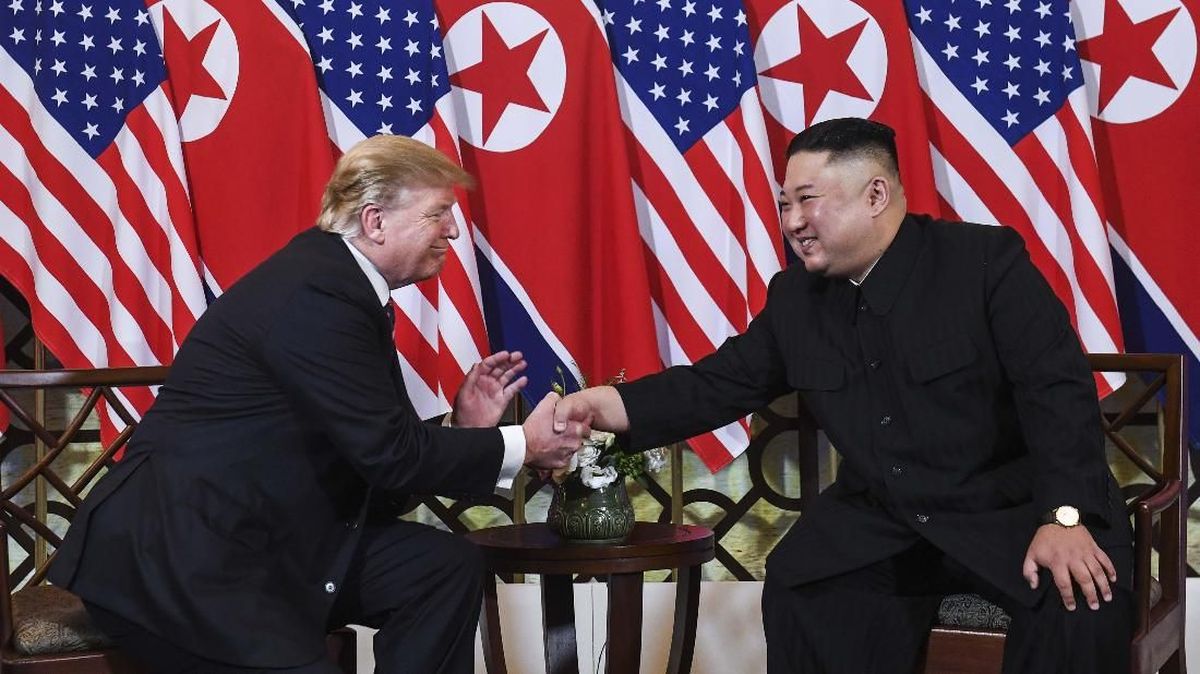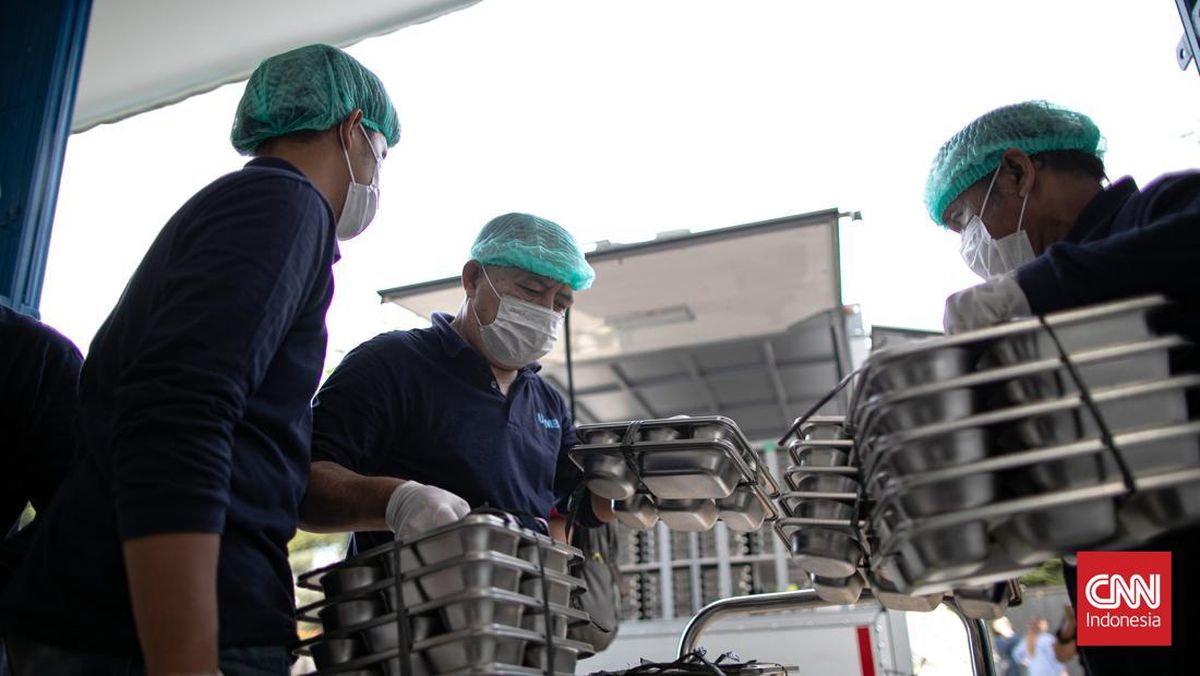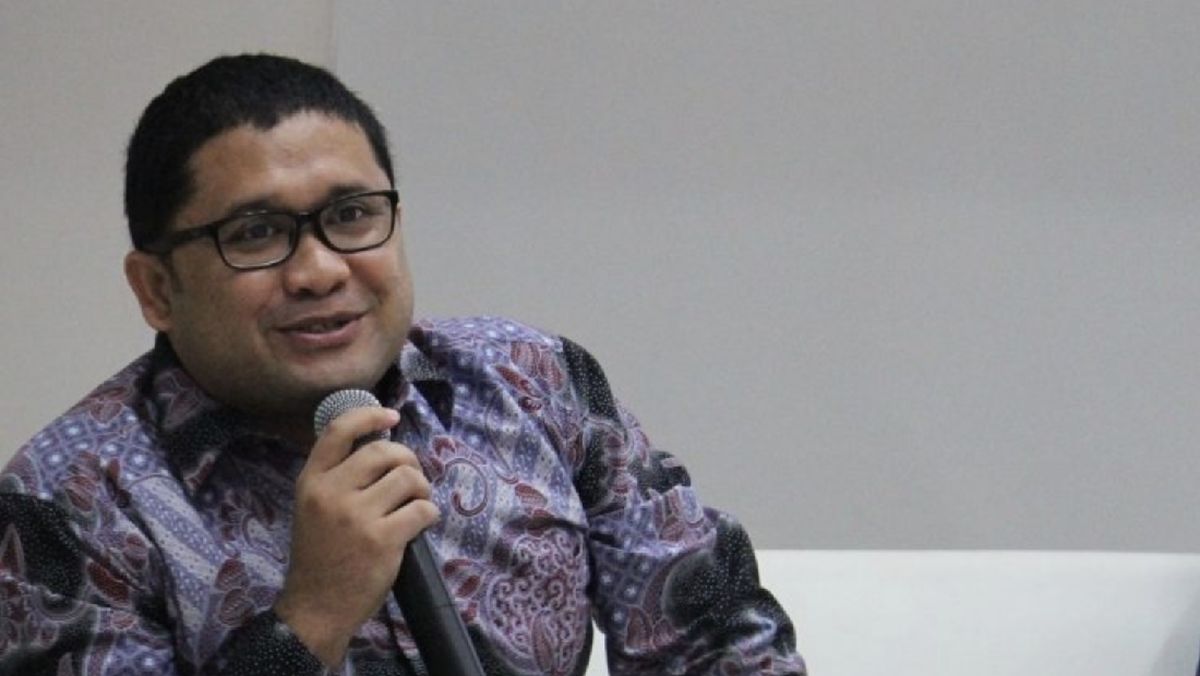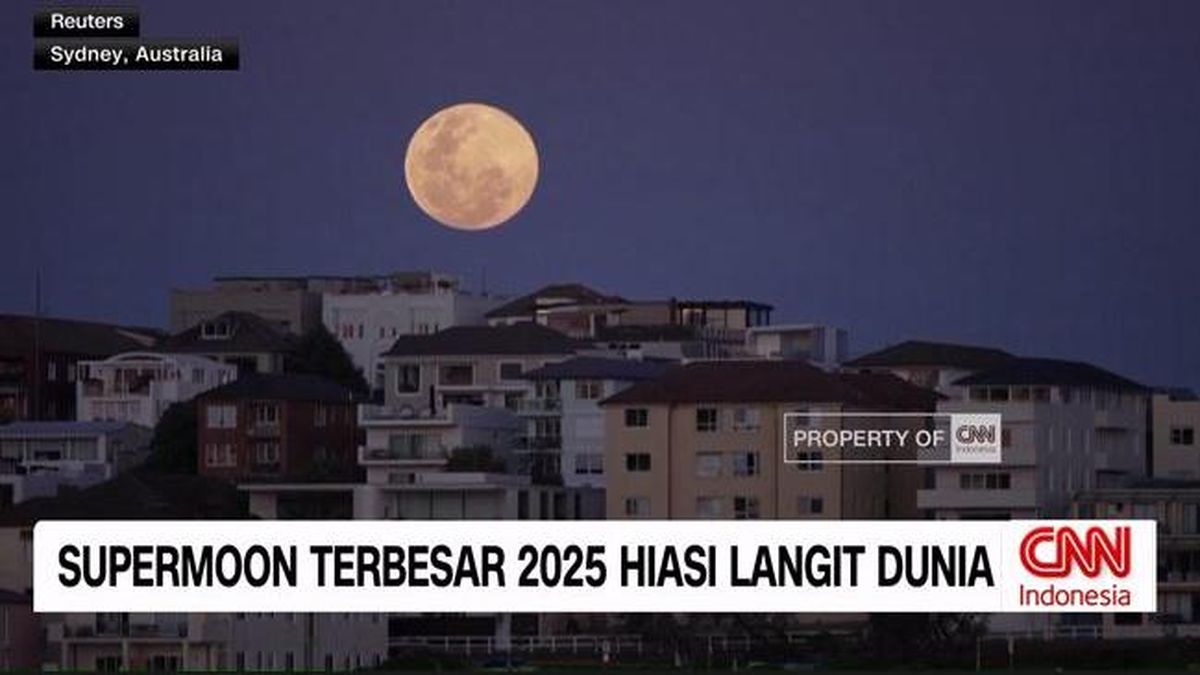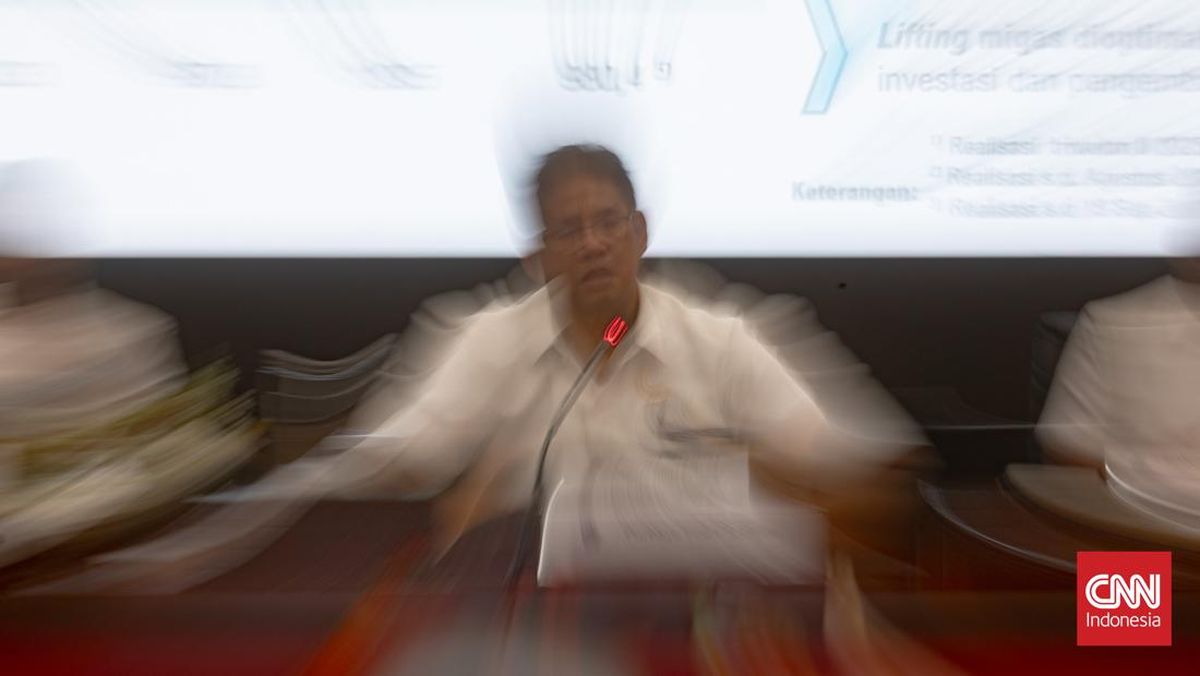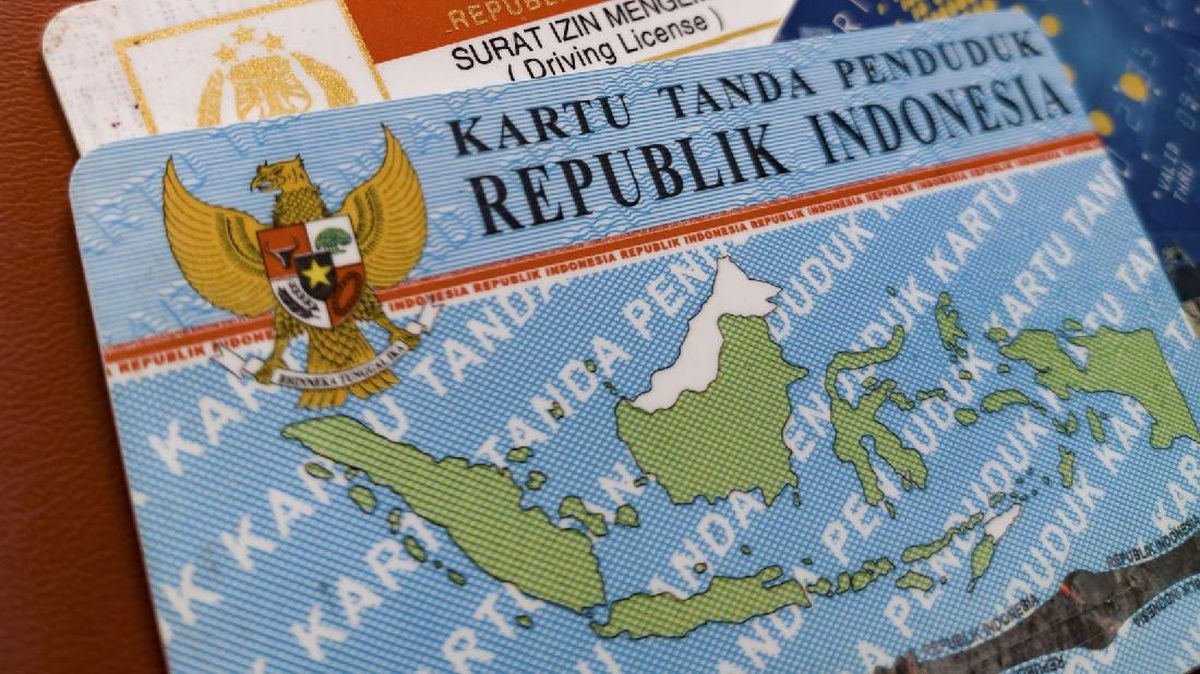With both the underground development and plant overhaul now fully funded, the company is in rare territory - cashed up and construction-ready. Its recent A$70 million equity raise and US$105 million (A$161 million) bond issue have locked in every dollar needed to bring the old Hillgrove mine back to life.
Hillgrove’s economics already hum like a well-tuned engine. A definitive feasibility study in May confirmed it as a technically robust, high-margin powerhouse with serious financial torque.
At base-case assumptions, Hillgrove stacks up with a post-tax net present value (NPV) of $694 million, annual EBITDA of $251 million and free cash flow of $128 million over an 8-year mine life. Those numbers are based on very conservative metal prices of US$2850 (A$4301) an ounce for gold and US$41,000 (A$62,000) a tonne for antimony.
However, when the dial is turned up to more realistic levels – like US$3500 (A$5300) gold and US$60,000 (A$92,000) antimony - Hillgrove morphs into a juggernaut. The NPV rockets to $1.27 billion, EBITDA climbs to $354 million a year and free cash flow hits $198 million a year.
The real kicker though is the cost profile. With fat antimony credits offsetting gold production expenses, Hillgrove’s all-in sustaining cost per gold ounce comes in at an almost unheard-of “negative” $1367 per ounce. In simple terms, the antimony pays for the gold and at current metal prices, those economics only get sweeter.
Once operational, the Hillgrove mine is expected to deliver about 40,500 ounces of gold and 14,000 tonnes of antimony concentrate per year, equivalent to roughly 5,000 tonnes of contained antimony metal.
That level of antimony production equates to almost 7 per cent of the global antimony market, providing a serious contribution at a time when Western supply chains are scrambling to fill the gap left by tightening global inventories.
China, which pumps out nearly 80 per cent of the world’s antimony, stunned global markets in 2024 when it slammed its foot on the export brakes, sending prices rocketing 300 per cent to more than US$60,000 (A$92,000) a tonne.
Perched near Armidale in northern New South Wales, Hillgrove carries more than a century of mining pedigree in its veins, although since 2021 the mine has remained idle.
Red River, the previous owner, restarted limited processing after acquiring Hillgrove from Bracken Resources in 2019, but volatile commodity prices, rising input costs and COVID-related constraints forced the shutdown.
In 2024, fate handed Larvotto a golden ticket. The company had quietly lodged a low-ball bid for the Hillgrove antimony-gold project with its administrators, never expecting to win the day.
However, after a very difficult administration process, every other suitor fell away and only the ever patient Larvotto MD Ron Heeks was still at the table. For just $8 million, including a refundable $5 million environmental bond, Heeks snapped up the entire operation, proving once again that one miner’s trash can often become another’s treasure.
Now, the ambitious Larvotta is injecting fresh life into Hillgrove, rolling out a modernisation drive to turn the century-old mine back into a sleek, high-performance underground operation that spins off real cash.
With PYBAR’s jumbos soon to fire up underground and MIQM’s plant upgrade underway, Larvotto is now entering the critical build-and-execution phase of its development program.
If all goes to plan, the company will not only restore one of Australia’s oldest goldfields to production but also cement its position as a strategic global supplier of antimony.
By 2026, Hillgrove could stand as both a national and global success and an Australian mining revival story at a scale big enough to move the needle in world markets.
Is your ASX-listed company doing something interesting? Contact: [email protected]

